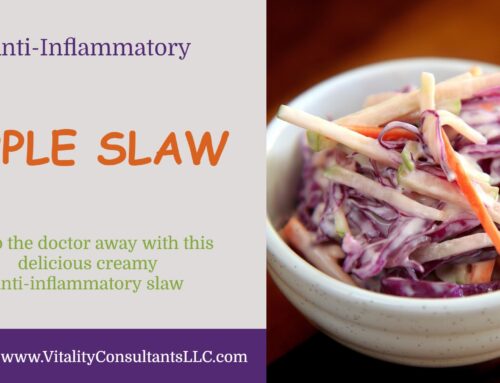Let’s talk about turkey! It’s hard to picture a holiday dinner celebration without the turkey. Thanksgiving is coming, but don’t just think of the holiday; now, turkey seems to be a staple on salads, sandwiches, and ground for tacos, spaghetti, burgers and in chili.
Turkey comes as the actual bird (fresh or frozen), ground and processed, as you find in the deli case.
Here are a couple of quick facts about turkey:
- Turkey should cook until it’s internal temperature reaches 165°F to reduce the risk of food borne illness.
- Dark turkey meat generally contains more vitamins and minerals but also has more fat content and calories than white meat.
- Removing the skin of a turkey also removes much of the fat content. It is easy to remove the skin to eat a leaner, less fattening meal.
 How do you prepare your turkey? Try it differently each time you cook a bird or even a breast. It is delicious baked, roasted, grilled, fried, smoked, rotisseried or even slow-cooked. Regardless of how you prepare it, always remember that the internal temperature should reach 165°F at its thickest part.
How do you prepare your turkey? Try it differently each time you cook a bird or even a breast. It is delicious baked, roasted, grilled, fried, smoked, rotisseried or even slow-cooked. Regardless of how you prepare it, always remember that the internal temperature should reach 165°F at its thickest part.
The nutrients in turkey depend upon the cut. Although the breast of the turkey has less fat and calories than most other cuts of meat, do not assume that just because a product is made of turkey that it’s better for you. If you make turkey burgers, the amount of dark meat in the ground turkey can make your burger have just as much saturated fat as a beef burger. Be sure you are eating the white meat when preparing meals with ground turkey.
Processed turkey (including hot dogs and turkey bacon) are high in sodium. If purchasing turkey from the deli counter, the store should be able to tell you which brand of turkey will meet your dietary needs. Even pre-packaged, frozen turkey burgers can be full of salt and preservatives, so always remember to read the labels. Again, just because it’s turkey doesn’t mean it’s the best option for you.
When purchasing, go for fresh, lean, organic turkey that is pasture-raised without antibiotics. Factory-farmed turkey is generally injected with salt and other preservatives during processing. To avoid too much salt and preservatives, choose unprocessed turkey.
You now know how to choose turkey, so let’s talk about turkey and adding it to your diet. A fresh or frozen turkey is generally available year-round, so it’s an easy addition to your menu planning. Try adding turkey in some of these ways:
• Add it hot or cold to a salad for added protein
• Use it instead of chicken in curries
• Add it ground to casseroles, tacos, spaghetti sauce, or anywhere you would previously have used ground beef
• Make your own stock from the turkey bones and add the meat to soups
• Combine toppings like lettuce, tomato, and mustard to make a great lettuce wrap with sliced or ground turkey
• Make delicious burgers and meatballs
Turkey is not just for roasting. This delicious anti-inflammatory recipe is made in your slow cooker or Crock Pot.

Slow Cooker Turkey
Equipment
- Slow Cooker
Ingredients
- 1 ½ lb boneless skinless turkey breast
- Celtic sea salt to taste
- ½ medium onion quartered
- 3 stalks celery chopped
- Coarse ground black pepper to taste
- 1 bay leaf
- 2 cups chicken broth
- ½ tsp poultry seasoning
Instructions
- Lightly salt all sides of turkey breast and place in bottom of slow cooker.
- Add onion, celery, pepper and bay leaf.
- Stir poultry seasoning into broth and pour over the turkey.
- Cook on low heat for 4 hours or until internal temperature of turkey reaches 160-165°F.
- Serve with steamed green beans and a side salad or other side dish of your choice.
Want free anti-inflammatory recipes, downloadable resources and efficiency tips and tricks from a professional chef? Of course you do! Click here for the secret sauce!







